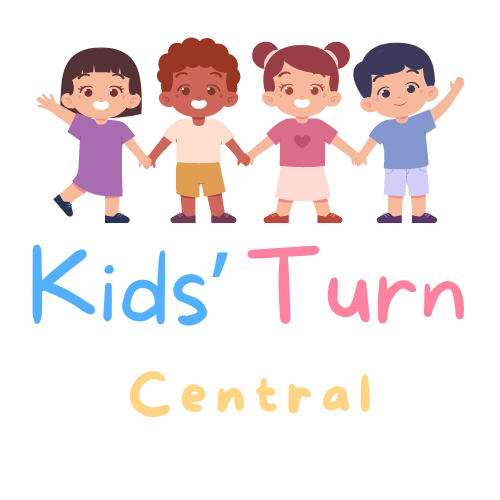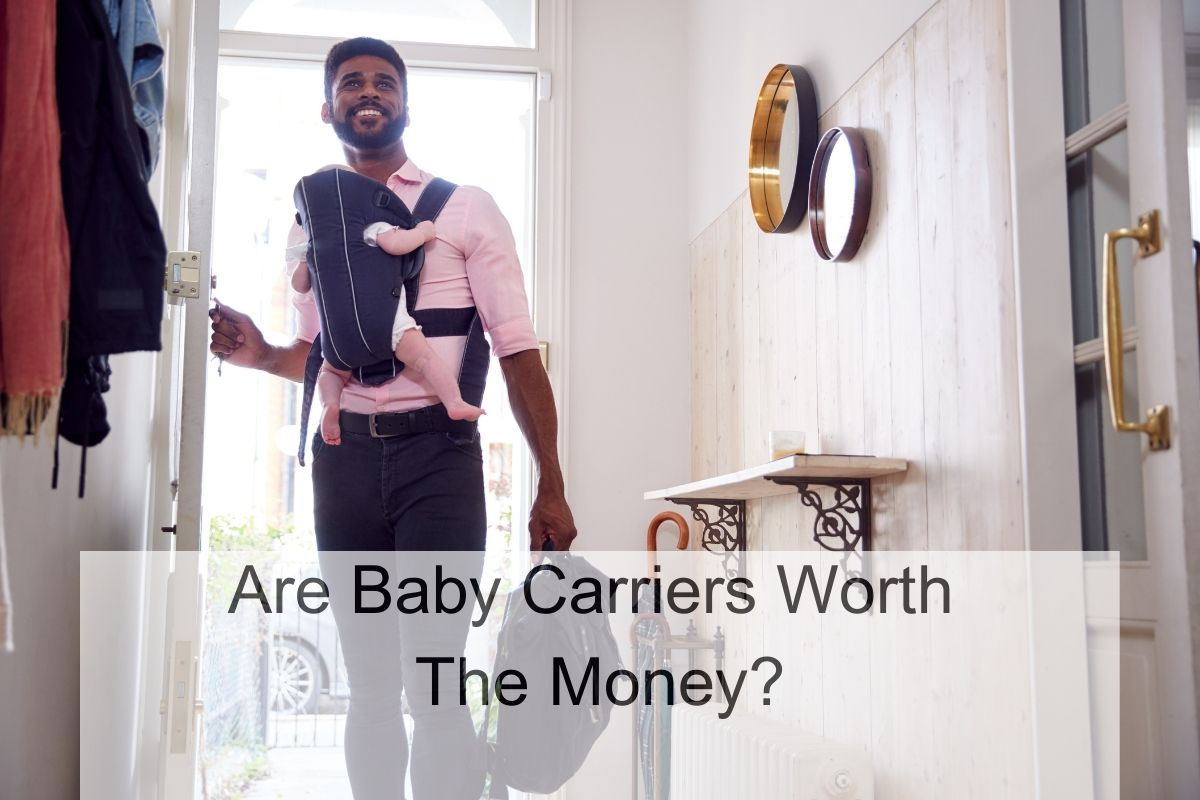I always want to provide the best for my child. When it comes to baby gear, there are so many options available that it can be overwhelming. One item that many parents consider purchasing is a baby carrier. But with so many options available, it’s natural to wonder if baby carriers are worth the money.

In my experience, baby carriers have been a lifesaver. They allow me to keep my hands free while still keeping my child close and secure. I’ve been able to go on walks, run errands, and even do household chores while my baby naps or observes the world from the safety of the carrier. Plus, it’s a great way to bond with my little one.
Of course, baby carriers can be expensive, and not all of them are created equal. It’s important to do your research and find a carrier that is comfortable for both you and your baby, and that meets your specific needs. But overall, I believe that baby carriers are worth the investment for the convenience, closeness, and bonding they provide.
Benefits of Baby Carriers

As a loving parent, I can attest to the numerous benefits of using baby carriers. Here are some of the reasons why I believe they are worth the investment:
Bonding and Comfort
Wearing my baby in a carrier allows me to keep them close to my body, which promotes bonding and creates a sense of security for my little one. In fact, studies have shown that babies who are carried in a carrier cry less and are more content than those who are not. Additionally, the physical contact with my baby releases oxytocin, which is known as the “love hormone” and helps me feel more connected to my child.
Hands-Free Convenience
One of the biggest advantages of using a baby carrier is the convenience it offers. With my hands free, I am able to take care of other tasks while still keeping my baby close and secure. This is especially helpful when running errands or doing household chores, as I can easily navigate through crowded areas without having to worry about pushing a stroller.
Promotes Physical Development
Using a baby carrier can also promote physical development in my child. When my baby is in the carrier, they are in an upright position, which can help strengthen their neck muscles and improve their posture. Additionally, the motion of walking can help soothe my baby and promote healthy digestion.
Types of Baby Carriers

As a loving parent, I know how important it is to choose the right baby carrier for your little one. Baby carriers are a great way to keep your baby close and provide them with a sense of security while you go about your day. There are different types of baby carriers available, each with its own unique features and benefits. In this section, I will discuss the three main types of baby carriers: wraps, slings, and structured carriers.
Wraps
Wraps are long pieces of fabric that you wrap around your body to create a carrier for your baby. They are versatile and can be used in a variety of ways to carry your baby, including on your front, back, or hip. Wraps are great for newborns because they provide a snug and secure fit. They are also comfortable for the wearer because the weight of the baby is evenly distributed across the body.
Slings
Slings are similar to wraps, but they are made from a single piece of fabric that is worn over one shoulder. They are easy to use and adjust, making them a great option for breastfeeding mothers. Slings are also lightweight and compact, making them easy to take with you on the go. However, they may not be as comfortable for long periods of use as other types of carriers.
Structured Carriers
Structured carriers are designed with a structured frame and straps that provide support for your baby. They are easy to use and adjust, making them a popular choice for parents who want a carrier that is quick and convenient. Structured carriers are also great for older babies and toddlers because they provide more support and are designed to distribute weight evenly across the body. However, they can be bulkier and more expensive than other types of carriers.
Cost Comparison

As a loving parent, I want to make sure that I am getting the best value for my money when it comes to baby gear. Baby carriers can be quite expensive, so it’s important to consider whether they are worth the investment.
Baby Carrier vs. Stroller
One of the main advantages of a baby carrier is its portability. Unlike a stroller, a carrier allows me to keep my baby close and hands-free while I’m out and about. This is especially useful when navigating crowded areas or going on walks where a stroller might not be practical.
However, it’s important to note that a carrier may not be suitable for all situations. For example, if I need to carry a lot of supplies or if I’m going on a long hike, a stroller might be a better option. It’s also worth considering that a good quality stroller can be used for several years, while a carrier may only be suitable for the first year or two of my child’s life.
Long-Term Investment Value
When it comes to long-term value, a baby carrier can be a smart investment. While it may only be used for a short period of time, a carrier can be passed down to younger siblings or sold to other parents once it is no longer needed. This means that a high-quality carrier can retain its value and even be a source of income in the future.
It’s also worth noting that a carrier can provide benefits beyond just keeping my baby close. It can also promote bonding, support breastfeeding, and even aid in my baby’s development by providing sensory stimulation and opportunities for exploration.
Considerations Before Buying

As a loving parent, I understand the importance of choosing the right baby carrier for my little one. Before making a purchase, there are a few key considerations to keep in mind.
Safety Features
First and foremost, safety is a top priority when it comes to baby carriers. It’s important to look for carriers that have been tested and approved by safety organizations, such as the Juvenile Products Manufacturers Association (JPMA). Additionally, carriers should have sturdy buckles and straps, as well as proper weight distribution to ensure that your baby is secure and comfortable.
Ease of Use
Another important factor to consider is ease of use. As a busy parent, I need a carrier that is easy to put on and take off, especially when I’m on the go. I also prefer carriers that are machine washable, so I don’t have to spend extra time hand-washing or spot-cleaning.
Adjustability and Versatility
Finally, I look for carriers that are adjustable and versatile. Babies grow quickly, so it’s important to choose a carrier that can grow with them. Adjustable carriers allow me to customize the fit for both me and my baby, ensuring maximum comfort for both of us. Additionally, versatile carriers that can be worn in multiple positions, such as front-facing or back-facing, provide added convenience and flexibility.
User Reviews and Testimonials
As a parent who has used baby carriers for both of my children, I can confidently say that they are worth the money. Not only do they provide a convenient way to carry your baby hands-free, but they also promote bonding and can be a lifesaver during fussy moments.
But don’t just take my word for it. Many other parents have also found baby carriers to be worth the investment. Here are a few testimonials from real users:
- “I was hesitant to spend the money on a baby carrier, but it has been one of the best purchases I’ve made for my baby. It allows me to keep her close while still being able to get things done around the house.” – U.S. News
- “I love my baby carrier! It has made grocery shopping and walks so much easier. Plus, my baby falls asleep within minutes of being in it.” – Good Housekeeping
- “The Artipoppe Zeitgeist Carrier was definitely worth the investment for me. It’s comfortable to wear and can be used for a long time as my baby grows.” – What to Expect
Alternatives to Baby Carriers
As much as I love using baby carriers, I understand that they may not be for everyone. There are other options available that can be just as effective in keeping your baby close and comfortable.
Baby Strollers
One of the most popular alternatives to baby carriers is a stroller. A good stroller can provide a comfortable and safe environment for your baby while allowing you to move around with ease. Strollers come in different styles, sizes, and price ranges, so it’s important to choose one that suits your needs and budget.
Baby Swings
Another alternative to baby carriers is a baby swing. A baby swing can provide a soothing and calming environment for your baby while allowing you to have your hands free. Baby swings come in different styles and sizes, so it’s important to choose one that is safe, comfortable, and suitable for your baby’s age and weight.
If you’re looking for a baby swing that can be used both indoors and outdoors, a portable baby swing may be a good option for you. On the other hand, if you’re looking for a baby swing that can be used for a longer period of time, a convertible baby swing may be a better choice.

